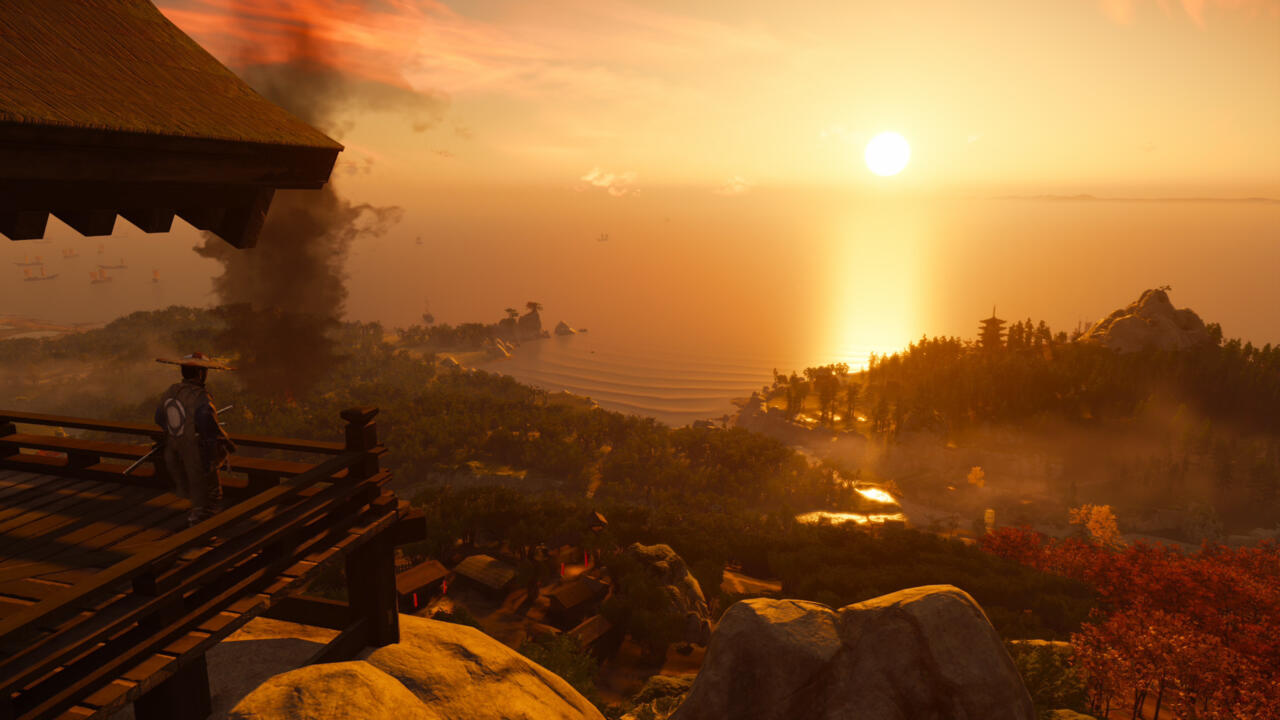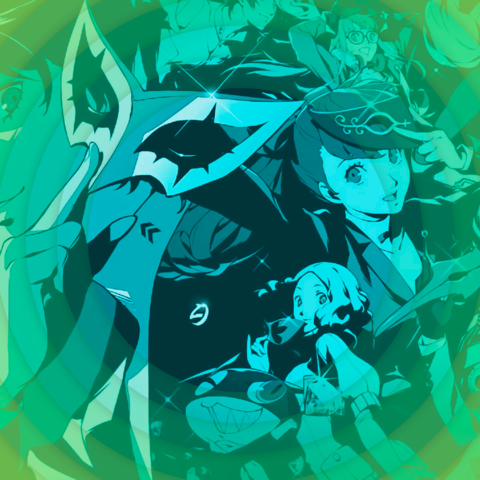Over the next week, we will be posting features for what we've nominated to be the best games of 2020. Then, on December 17, we will crown one of the nominees as GameSpot's Best Game of 2020, so join us as we celebrate these 10 games on the road to the big announcement. Be sure to check out our other end-of-the-year coverage collected in our Best Games of 2020 hub.
Ghost of Tsushima is a game defined by moments. These moments all contribute to one singular goal: to uphold the hyper-stylized vision of a western take on a samurai film. Even if your brain knows that parts of Ghost of Tsushima are not historically accurate, the game is full of both story and gameplay sequences all devoted to making you say, "Okay, that was pretty dope." Developer Sucker Punch knows what tropes players likely want to get out of a samurai film-inspired game, and each aspect of Ghost of Tsushima is built around leading the player towards experiencing them.
It all amounts to a game that--even if there are issues with the cohesive whole--delivers an open-world action experience that sticks with you long after you've finished its emotional gut punch of an ending. Admittedly, there's nothing truly unique about Ghost of Tsushima in terms of what you're allowed to do in its world, whether that's clearing out camps of enemies, hunting down collectibles, completing a checklist of side quests, or unlocking new abilities in a skill tree. But the game takes these run-of-the-mill, traditional aspects of its genre and ties them to memorable set pieces and encounters, invigorating them with a thrilling satisfaction and style that can be absent in other games.
For example, if you cleared out a camp of enemies with stealth tactics and assassinations, you might be interrupted by a flashback of Jin talking with his uncle-turned-father-figure Lord Shimura about honor, cementing the moment where you realize how much you've begun relying on the tactics of the Ghost because you've deemed them necessary. And with only a soft guiding wind leading you towards your next collectible, you're free to take in Ghost of Tsushima's colorful world, which is full of breathtaking scenes to stumble upon. And even some of Jin's abilities, weapons, and armor are tied to powerful story beats, so you're reminded of how you unlocked them every time you use them.
So sure, I can't tell you about every fight I've had in Ghost of Tsushima, but I can recall every fight where my in-game dad expressed his disappointment in me--and even beyond that, I remember when I suddenly realized that the weather was responding to how I chose to fight, acting as set dressing that matched the pace of my Jin's transformation into the Ghost. And I can't tell you where everything is on Ghost of Tsushima's map, but I remember all the places where I had to pause the game in order to snap a picture with the in-game camera. And I can't remember every skill that Jin possesses, but unlocking Ghost Stance and learning how to use it effectively to become an unseen assassin has stuck with me all year.
All of this works because the underlying foundation of Ghost of Tsushima is strong--most notably, its combat. That's because, unless they're wearing pretty tough armor, both Jin and the enemies he fights go down relatively quickly. This encourages an aggressive combat style, one where your best chance of victory is to parry attacks and quickly strike back before your foes can overwhelm you. Jin's experience eventually allows him to adopt different stances, each of which is designed to overcome a specific enemy type, providing each fight with an additional layer of tactical consideration, and his growing arsenal of weapons and tools can thin a crowd of enemies. There's something almost dance-like to Jin's movements when you're quickly switching up your stance, parrying strikes, and deftly slicing into an enemy's sternum before returning to a ready position, reading your foe's tells, and responding again. Once the combat clicks it's almost beautiful to look at, and quickly dispatching a group of foes in a matter of seconds is immensely satisfying.
And speaking of being beautiful to look at, Ghost of Tsushima has a world that's just bursting with color. It's nice that each of the three segments of the island of Tsushima are all seemingly in different seasons, as this also allows each section to feel visually distinct and incorporate different types of natural beauty. Izuhara, in perpetual spring, is full of flowers in full bloom, petals gently blowing past Jin as he journeys through its sprawling canyons and across vast rivers that lead to thunderous waterfalls. Kamiagata, caught in the thralls of winter, is covered in snow, with ice-covered mountains stoically standing against the strong winds that interrupt the periods of almost complete stillness. And then in Toyotama, smack-dab between the other two regions, you can find summer and fall--colorful leaves often sweep past Jin as he climbs to the top of small hills and looks down upon the collection of small villages that dot the landscape.

As you may have surmised from each of those descriptions, the wind is the star of Ghost of Tsushima's world. It brings each of the island's areas to life with spurts of colorful particles and also acts as an unobtrusive navigation system, keeping you immersed in the world around you while guiding you to collectibles to find, missions to complete, and characters to meet. No other open-world game this year featured a navigational tool quite like Ghost of Tsushima's guiding wind. It's a wonderfully innovative way of providing the player with direction while remaining true to Ghost of Tsushima's overall style--and it's far prettier than some boring dotted white line that would constantly direct your attention to a minimap in the corner of the screen.
When you just look at Ghost of Tsushima's gameplay loop, it's a rather traditional open-world game--really, there's nothing remarkable about it purely from a gameplay standpoint. But the memorable moments crafted on top of that foundation ultimately makes for a game with so much cool stuff to see and do (and you can keep seeing and doing it alongside your friends in Legends, an incredible post-launch, multiplayer-focused expansion added to the game for free). Ghost of Tsushima has a unique style and virtually every aspect of it is built in support of achieving that style, successfully emulating the idea of what western audiences commonly associate with samurai films and Japan.




